“You should have contacted the church,” Santiago suggested. “There was a great fire around the turn of the century which wiped out all of the local government records…for better or for worse.”
“Sometimes it’s good to have a fresh start, you know?” he glanced at us sideways. “All of the bad things wiped clean.”
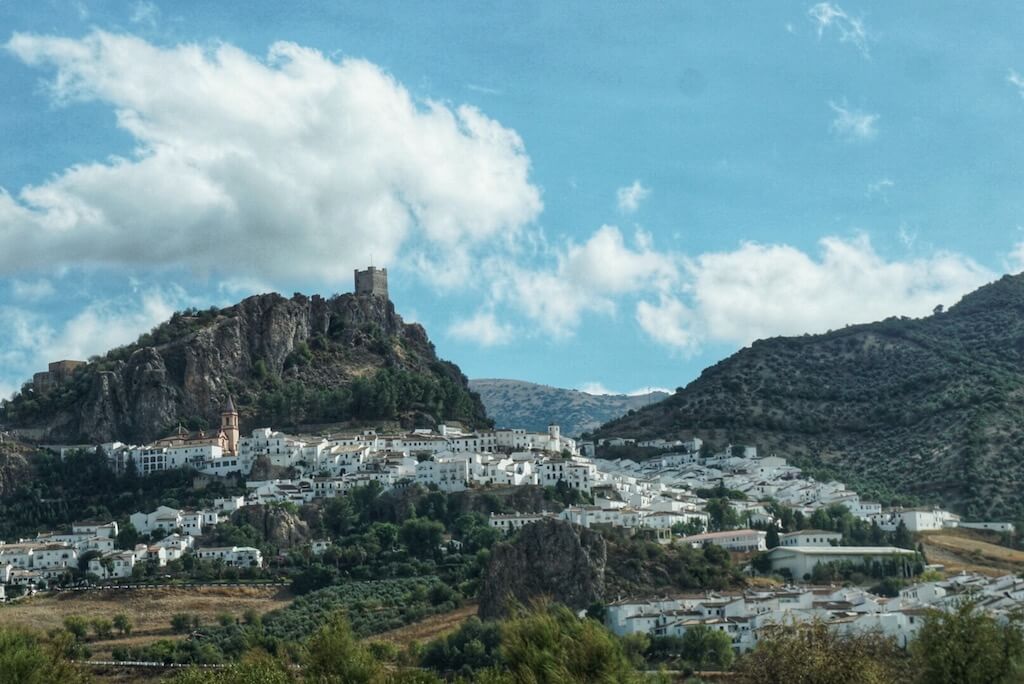
We were chatting about Steve’s search for his ancestors with Santiago and his Puerto Rican wife Marisol while sitting at a slightly seamy bodega and taking turns tossing chicken to a friendly pup in the tiny metropolis of Algodonales (current population 5,607). It was just after our visit to Sevilla.

As we gabbed, a veritable parade of Algodonalians stopped by to kiss his cheek or remark on the weather. Small children with kittens and old men dragging on cigars. Santiago knew everyone.
Chasing Steve’s family story was one of the things that had initially motivated our visit to southern Spain and its storied “pueblos blancos”…to see if we could learn any more about the circumstances surrounding the sudden and mysterious emigration of Steve’s grandparents—Antonio and Rosario Román (maiden name Alvarez) to America from Europe circa 1900.

What we knew: Shortly after they married and allegedly adopted their first son Antonio (“Mood”, no idea why), they skedaddled…to Hawaii, no less, where they had their first biological son, John.
And weirdly, no one in the family knew why. (A fact I still find surprising, as someone who grew up relentlessly regaled with stories about my slave hiding, carpetbagger killing Virginia ancestors during the Civil War. I mean, how could no one know?)
And then the couple later moved a second time to the Bay Area on the west coast of California…where Rosario gave birth to Manuel (“Jack”), Joe, Christopher (“Teet”) (Who nicknames their kid “Teet”? I later learned he was an avid nurser), Isabel (“Lita”, short for “Isabelita”), Rose (“Rosie”), Frank (“Dodo”, who was a practical joker), Henry (“Hank”), Steve’s father Emilio (“Medge”, rhymes with “veg” since he couldn’t pronounce “vegetable”), and Alfonso (“Chico” for “little boy” as he was the youngest). I hear that Spanish Grandma knew how to seriously stretch a chicken to feed those kids for a week.
In any case, Steve’s emails to local bureaucrats asking about any birth records had gone unanswered.
So we turned in our rickety chairs at the bodega and glanced over at the church rising up out of the square.
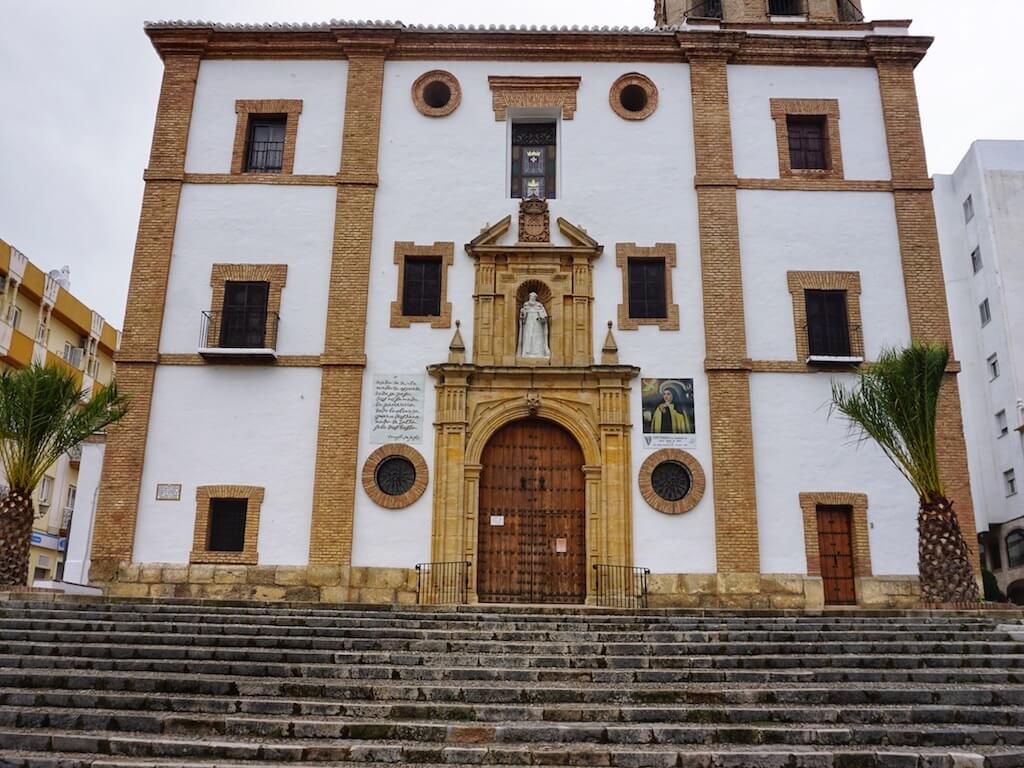
We imagined Antonio and Rosario climbing those steps…all dressed up in their Sunday finest for a blessing by a Catholic priest on their wedding day. (Could the Alvarez family afford a fancy wedding gown for Rosario? Or was it some kind of shotgun wedding?)
But since the church was locked that day, we said our goodbyes to little Algodonales.
Eventually, we wound up in Nerja, a jewel of a coastal town in Costa del Sol with sparkling beaches on a turquoise stretch of the Mediterranean.
And that’s when Alejandra, our gracious AirBnB hostess, inadvertently slipped us another thread of the story.
“It is very interesting that they went to the states,” she said. “Because at that time, many Spaniards moved to Argentina. There was a blight on the olives across much of southern Spain so many of the orchards went out of business. It would’ve been a difficult time for young people to make a living.”
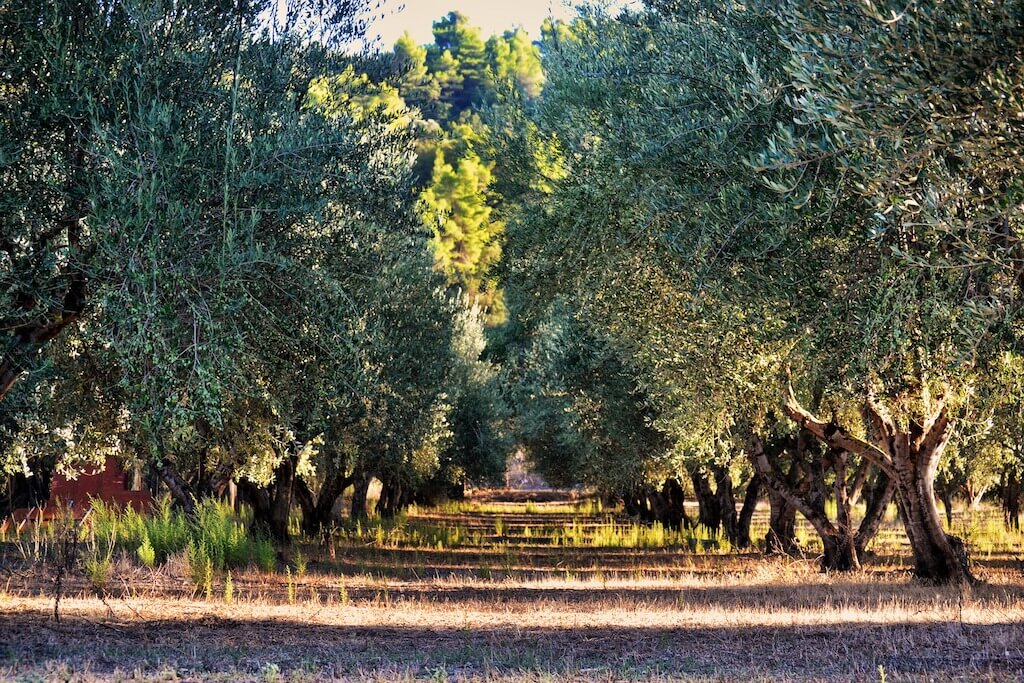
There was a rumor that Rosario’s family had owned an olive orchard. And that one of Antonio’s brothers had emigrated to Argentina around the time that Antonio had made tracks for the states.
I’d heard this story myself—in whispers at Steve’s dad’s funeral, in fact—when “Primo Joe” (Cousin Joe) arrived on the scene without an invitation, brandishing the only known surviving photo of all nine brothers.
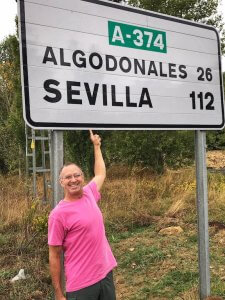
In the photo, nine strapping young men have their arms around each other and are smiling into the camera. But Primo Joe wouldn’t share. He was using it as leverage.
Family lore said he was one of the Argentinian Románs. He wanted into the family. But the brothers Román said no.
There was a whole history of family funeral shenanigans even…They’d let the air out of his tires when he showed up uninvited once! It’s tough to be Argentinian.
But here’s the thing: A google search turns up no trace of this so-called devastating olive blight. And who really knows if Primo Joe was from Argentina?
The mystique of the Román family saga lives on.
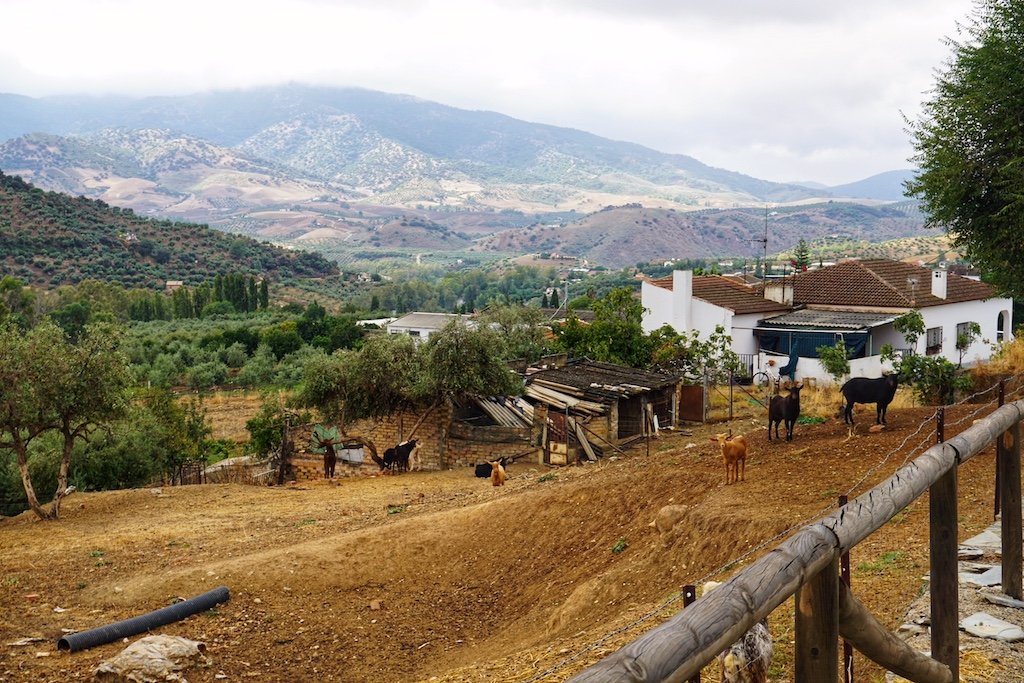
Update Feb 2021: Another Piece of the Puzzle Is Revealed
So Steve and I are meandering along on one of our *many* quarantine walks three years after I wrote this post, when his cellphone rings and it’s his cousin Keith (“Skipper”).
Keith says, “Hey Steve, so I was bored here in quarantine and googled ‘Algodonales’. Imagine my surprise when this post pops up all about your trip there in 2018!”
Keith—Lita’s son—is two decades older than Steve and was partially raised by his grandparents (Rosario and Antonio) since he and Lita lived with them for a time.
As a result, he was able to sketch in a few more details and fix a few details I got wrong. Keith said that Rosario and Antonio likely emigrated both times for economic opportunity…working the pineapple and sugarcane fields in Hawaii and later, picking fruit in the Bay Area of California.
Also, Keith isn’t so sure about Primo Joe actually being from Argentina. He suspects he was some sort of nephew scooped into the fold. Regardless, he confirms nobody liked him.
“He was just weird,” says Keith. (And yep, it was Dodo who let the air out of Joe’s tires. Of course it was!)
The Internet is amazing, isn’t it?
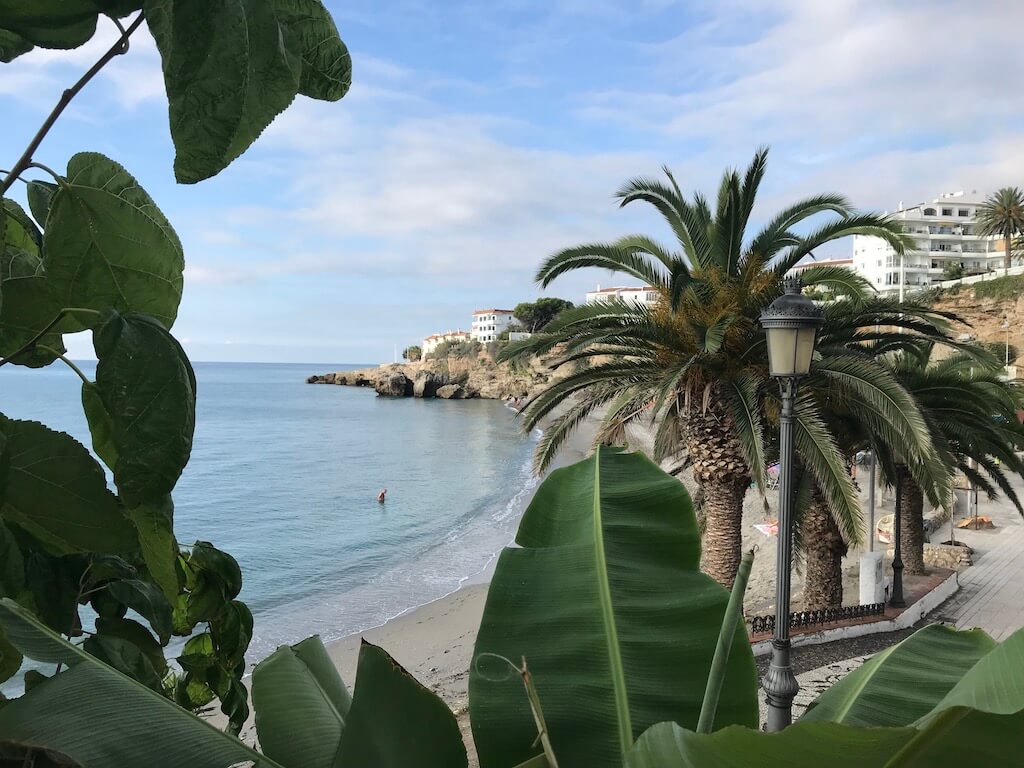
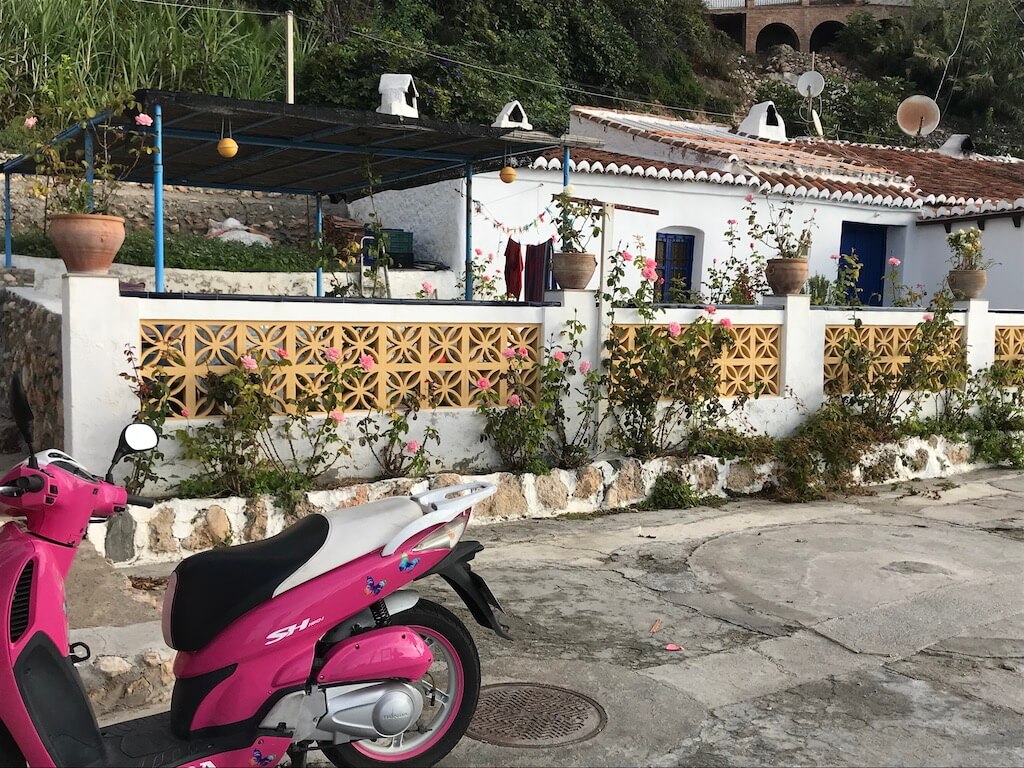
Fascinating story, great writing!
We loved the white towns, stayed at the Hacienda Minerva, it had an Arabic bath, outside of Zuheros.
https://nativejourneys.eu/2016/04/08/andalusia-caliphate-christianity-spain-3-2016/
Ah! Near Cordoba then. I bet Zuheros was beautiful.